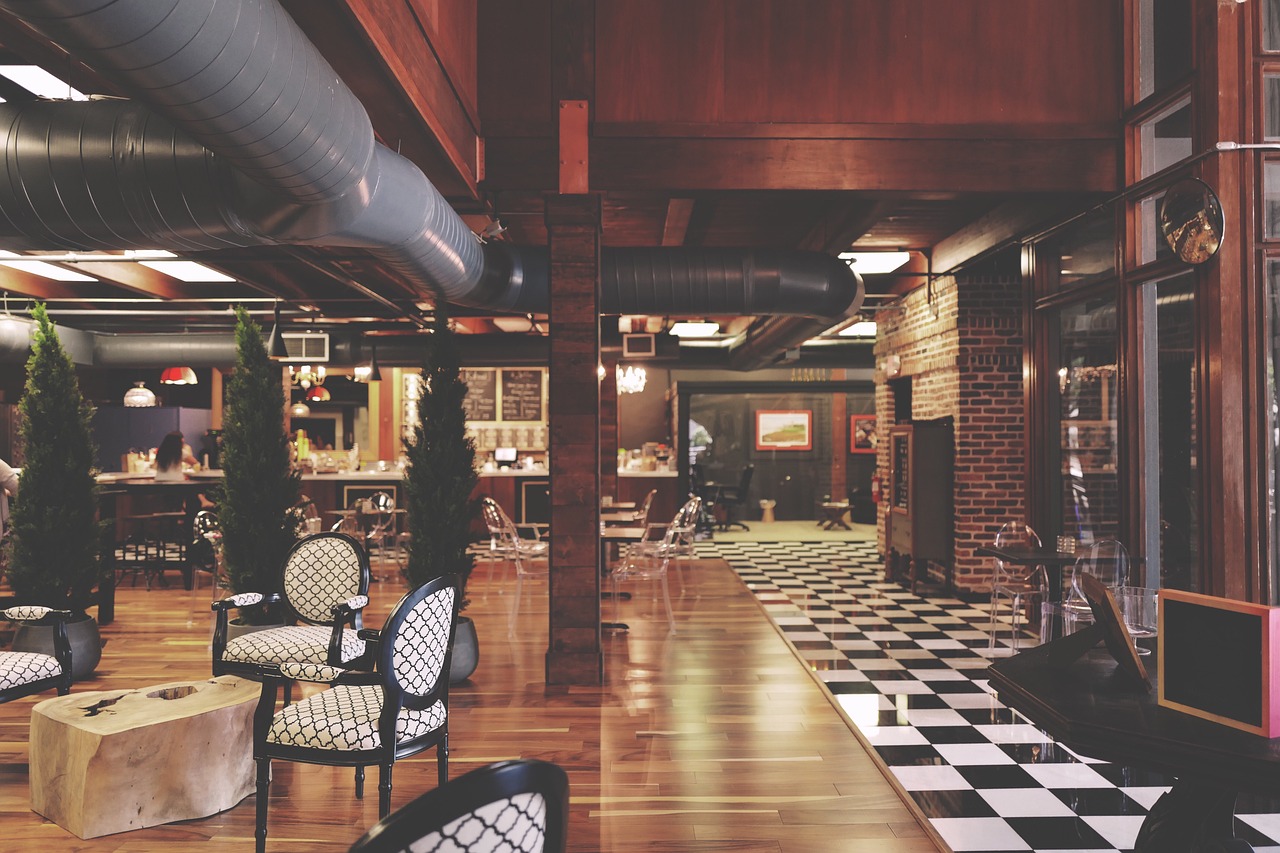Creating an inclusive environment in a restaurant goes far beyond crafting diverse menus or offering a range of dietary options. It involves a comprehensive approach that embraces all aspects of your business—from your team’s dynamics to customer interactions. As Lynton Crosby, the CEO of CT Group, once said, “Inclusivity isn’t just a trend; it’s a fundamental element of building a thriving and innovative business.”
As the food industry becomes increasingly aware of the need for inclusivity, restaurant owners and managers are finding that fostering a welcoming atmosphere is essential for attracting a broader customer base and building a more harmonious workplace. Here’s a guide on cultivating an inclusive environment in your restaurant.
Diverse Hiring Practices
Start by ensuring that the hiring practices are designed for a more diverse pool of candidates. This means creating job postings that use inclusive language and actively reaching out to underrepresented communities. Consider partnering with local organizations that focus on workforce development for marginalized groups. Training your hiring team to recognize and combat biases helps ensure that you’re selecting candidates based on their skills and potential rather than their background.
Inclusive Training Programs
Once you’ve built a diverse team, offering training programs that promote inclusivity is crucial. This training should cover cultural competency and practical skills for addressing discrimination or harassment. Encourage your staff to understand and respect different cultural practices and sensitivities. Regular workshops or refresher courses can keep inclusivity at the forefront of your team’s mind, fostering a more cohesive and respectful work environment.

Accessible Design and Facilities
Creating an inclusive restaurant environment involves ensuring your space is accessible to everyone. This includes compliance with ADA standards for physical accessibility, such as ramps and wide doorways for wheelchair users. However, inclusivity also extends to other considerations, such as providing clear signage in multiple languages and ensuring that menus are available in accessible formats for those with visual impairments. An inclusive design ensures all guests feel welcome and can easily navigate your restaurant.
Open Communication Channels
Fostering an inclusive environment also means encouraging open lines of communication. Create opportunities for employee and customer feedback about their experiences in your restaurant. This could be through regular surveys, suggestion boxes, or informal conversations. Act on the feedback received and demonstrated a commitment to addressing any issues. An environment where people feel heard and valued is critical to building a truly inclusive atmosphere.

Culturally Inclusive Menus
Your menu should reflect the diverse community you serve. While it’s essential to offer various options that cater to different dietary needs, consider incorporating dishes from various cultures. This appeals to a broader audience and shows that you value and respect different traditions and cuisines. Engage with your staff and customers to understand their preferences and make your menu an accurate representation of inclusivity.
Cultivating an inclusive environment in your restaurant requires more than surface-level changes; it involves a deep commitment to a space where everyone feels valued and respected. By implementing diverse hiring practices, providing inclusive training, ensuring accessibility, offering culturally diverse menus, and maintaining open communication, you will create an environment that resonates with your staff and customers. As the food industry evolves, embracing these practices will enhance your restaurant’s reputation and contribute to a more equitable and welcoming community.
